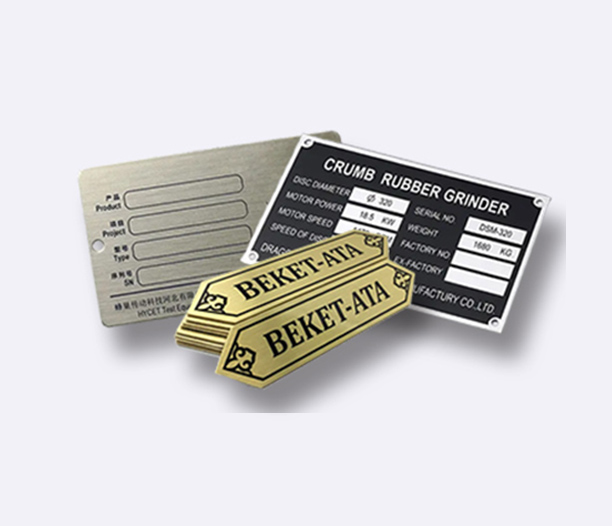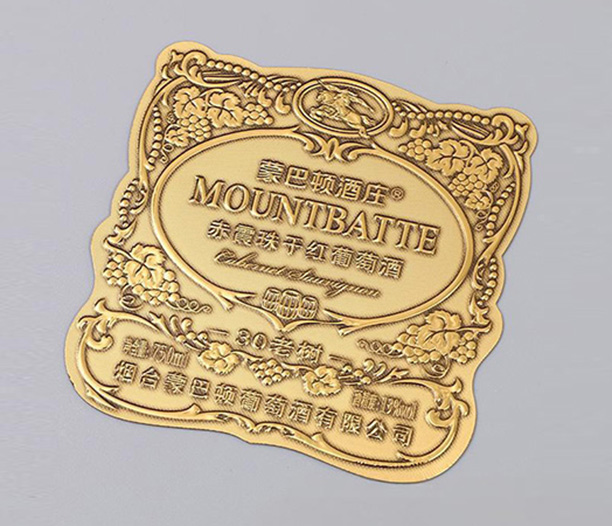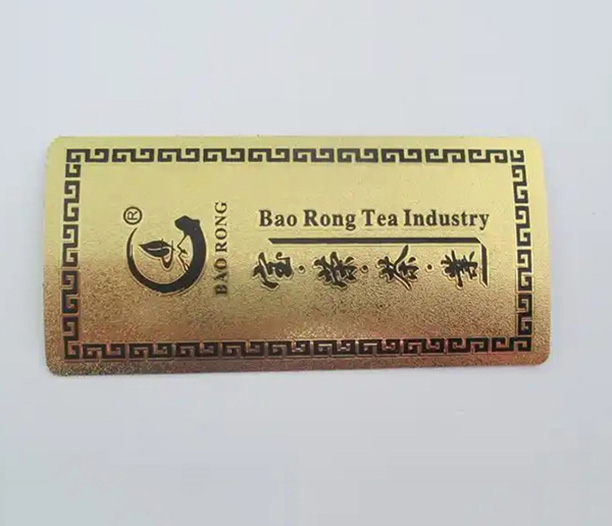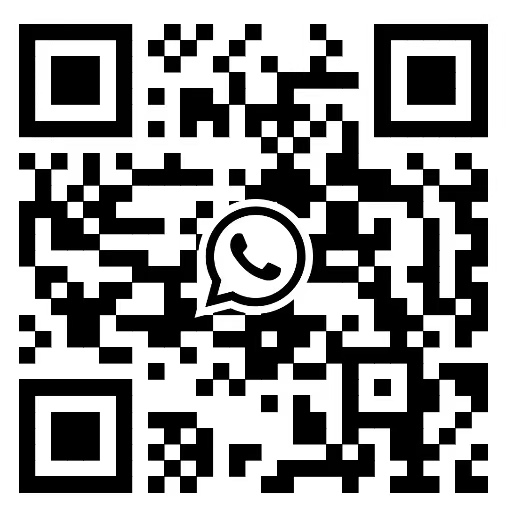In the highly specialized world of industrial powder coating, every component plays a critical role in ensuring efficiency, safety, and quality. Among these, OEM machinery labels might seem like small details, but they are fundamental to the seamless operation of powder coating equipment. These labels, designed by original equipment manufacturers, serve as the communication bridge between machinery and operators, providing essential information that enhances performance and compliance. In powder coating processes, which involve electrostatic application of dry powder to surfaces followed by curing in ovens, the environment is harsh—exposing equipment to high temperatures, chemicals, and abrasion. OEM machinery labels are engineered to withstand these conditions while delivering clear, durable messaging. This article explores five key aspects of OEM machinery labels, highlighting their importance in the international powder coating sector. From safety protocols to maintenance guidance, these labels are indispensable tools that contribute to operational excellence. As we delve into each role, you'll gain a deeper appreciation for how OEM machinery labels support the powder coating industry's demanding requirements.
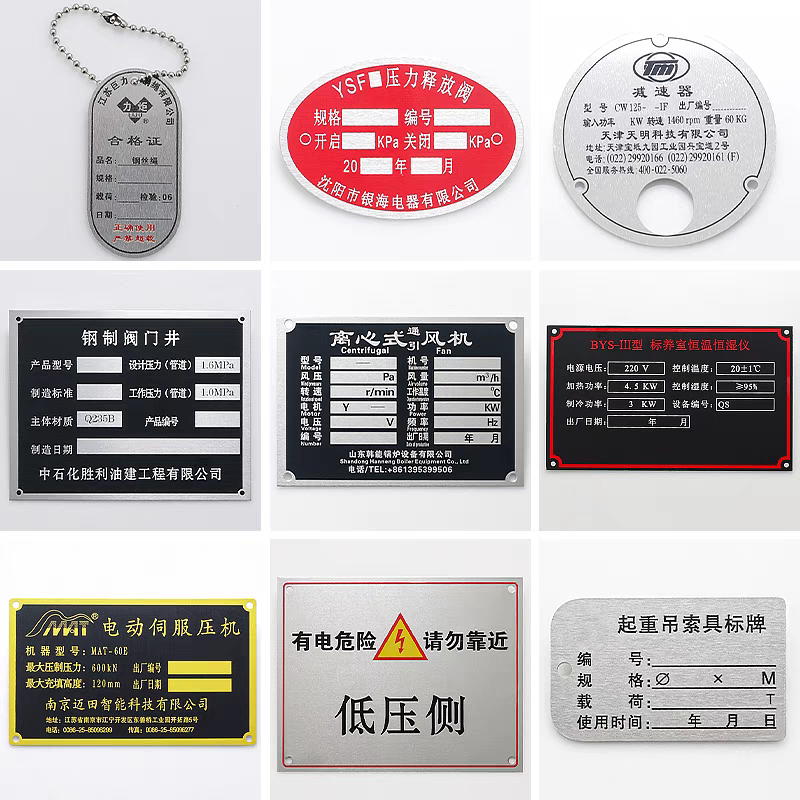
Understanding OEM Machinery Labels and Their Importance in Powder Coating
OEM machinery labels are specialized identification tags or plates affixed to equipment by the original manufacturer. They provide critical information such as safety warnings, operational instructions, serial numbers, and compliance details. In powder coating, where machinery includes spray guns, curing ovens, conveyor systems, and pretreatment units, these labels ensure that operators can use the equipment correctly and safely. The importance of OEM machinery labels lies in their ability to reduce errors and accidents. For instance, a label on a powder spray gun might indicate the maximum voltage for electrostatic application, preventing mishaps that could lead to fire hazards or poor coating quality. Moreover, in an international context, powder coating facilities often adhere to standards like ISO 9001 for quality management, and OEM machinery labels help maintain traceability and documentation. By using durable materials resistant to heat and chemicals, these labels remain legible throughout the equipment's lifespan, supporting consistent performance. Essentially, OEM machinery labels are not just stickers; they are integral components that enhance reliability and compliance in powder coating operations.
Types of OEM Machinery Labels Used in Powder Coating Equipment
In powder coating, OEM machinery labels come in various forms, each tailored to specific functions. Common types include safety labels, operational labels, maintenance labels, and certification labels. Safety labels are crucial for warning operators about high-temperature zones, such as near curing ovens, where burns are a risk. They often feature standardized symbols and text to convey hazards quickly, complying with international norms like ANSI Z535 or ISO 3864. Operational labels, on the other hand, provide instructions for setting parameters on powder coating machines, such as airflow rates or gun distances, ensuring optimal application. Maintenance labels outline schedules for cleaning or part replacements, which is vital in powder coating to prevent clogging from powder buildup. Certification labels display information like CE marks or UL listings, indicating that the equipment meets global safety standards. For example, a label on a powder coating oven might list its temperature range and energy ratings, aiding in efficient operation. By categorizing OEM machinery labels this way, manufacturers help users navigate complex machinery with ease, reducing downtime and enhancing productivity in powder coating processes.
Materials and Durability of OEM Machinery Labels for Harsh Environments
The powder coating environment is demanding, with exposure to temperatures exceeding 200°C during curing, as well as chemicals from cleaners and powders. Therefore, OEM machinery labels must be made from durable materials that resist fading, peeling, or degradation. Common materials include anodized aluminum, polyester films, and vinyl composites, which offer excellent thermal and chemical resistance. For instance, labels on powder coating ovens often use metal substrates with high-temperature adhesives to withstand prolonged heat. Additionally, these labels are coated with protective layers, such as laminates or UV-resistant inks, to prevent abrasion from handling or cleaning processes. Durability testing, like exposure to salt spray or humidity, ensures that OEM machinery labels remain effective in various climatic conditions, which is essential for international powder coating facilities. A well-designed label might last the lifetime of the equipment, providing continuous guidance without replacement. This focus on material science underscores how OEM machinery labels are engineered for longevity, directly supporting the reliability of powder coating operations.
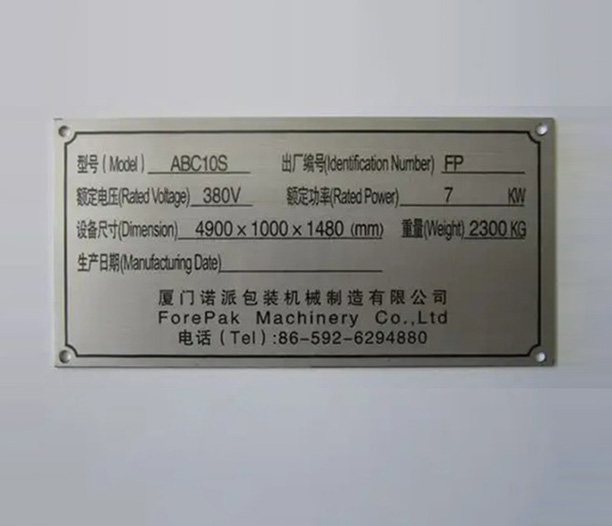
Compliance and International Standards for OEM Machinery Labels
In the global powder coating industry, compliance with international standards is non-negotiable for safety and market access. OEM machinery labels play a pivotal role in this by incorporating regulatory requirements into their design. Standards such as the Machinery Directive in Europe (requiring CE marking) or OSHA guidelines in the U.S. mandate specific labeling for hazards like electrical risks or moving parts. For powder coating equipment, labels must address unique risks, such as electrostatic discharge or fume inhalation. OEM machinery labels ensure compliance by including symbols, text in multiple languages, and reference to standards. This not only facilitates cross-border trade but also enhances workplace safety. For example, a label on a powder coating booth might warn about explosive atmospheres, aligning with ATEX directives. By adhering to these standards, OEM machinery labels help manufacturers avoid legal issues and build trust with clients. In powder coating, where equipment is used worldwide, this compliance aspect makes OEM machinery labels indispensable for international operations.
Design and Customization of OEM Machinery Labels for Optimal Usability
Effective design is key to the functionality of OEM machinery labels. In powder coating, labels must be easily readable under various lighting conditions and from different angles. Design elements include high-contrast colors, large fonts, and intuitive icons that transcend language barriers. Customization allows manufacturers to tailor labels to specific powder coating models, incorporating details like model numbers or QR codes for digital tracking. For instance, a customized label on a powder coating gun might include a scannable code linking to an online manual, streamlining maintenance. Usability also involves placement—labels should be positioned where operators can see them without obstruction, such as near controls or access points. By focusing on user-centered design, OEM machinery labels enhance operational efficiency and reduce training time. In the powder coating sector, where precision is critical, well-designed labels contribute to consistent quality and safety.
Applications of OEM Machinery Labels in Powder Coating Processes
OEM machinery labels find practical applications across the powder coating workflow. On pretreatment systems, labels indicate chemical handling procedures, preventing corrosion or contamination. On spray equipment, they guide proper gun adjustment for even powder distribution. In curing ovens, labels highlight temperature settings and safety zones, ensuring efficient curing without defects. These applications demonstrate how OEM machinery labels integrate into daily operations, supporting everything from setup to shutdown. For example, a label on a conveyor system might outline load limits, preventing overloading that could disrupt the coating line. By covering these scenarios, OEM machinery labels become active tools in maintaining process integrity in powder coating.
In conclusion, OEM machinery labels are vital components in the powder coating industry, serving multiple roles from safety to compliance. Their durability, design, and application-specific features make them essential for international operations. As powder coating technology evolves, the importance of high-quality OEM machinery labels will only grow, underscoring their value in achieving operational excellence.



